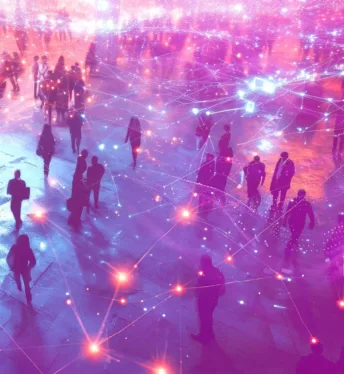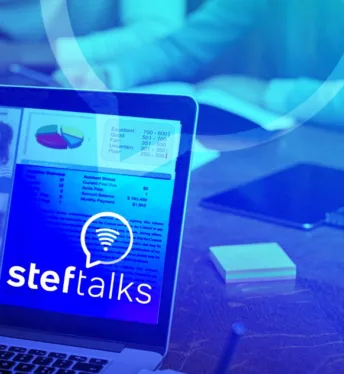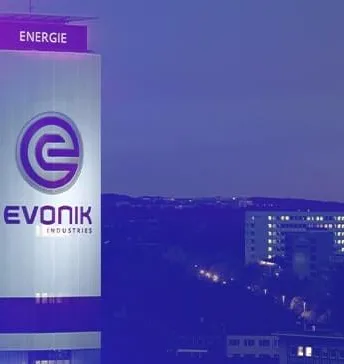Smart Living Solutions are more than the excellence that should come with managing a city; they are about people and the ability to give citizens inspiration.
Today, it’s all about smart living, not smart devices. Cities are growing more rapidly and as a result, challenges in living, working, operating, managing, and moving are also arising. City aspects like utility distribution grids, traffic and parking, emergency responses, and several other characteristics are demanding operational intelligence in cities of all sizes. Communities are also demanding secure data for citizens and administration, informed decision-making and transparency from administration. Smart solutions are able to support the design of today and tomorrow’s cities to make them more livable and sustainable while addressing all the aforementioned concerns.
Living In a Smart City
A new wave of smart applications are transforming the way we approach everyday activities thanks to the fact that the world is increasingly interconnected and technology-dependent. From intelligent refrigerators to personal assistants to smart home security applications, these types of devices are allowing for more opportunities for more efficient living. It’s clear that the future of urbanism is here, but brings us to the ultimate question: how do we connect this new technology for the most efficient society?
Smart cities bring together technology and infrastructure to enhance citizens’ interactions with the urban environment and to improve their quality of life. By using the Internet of Things, cities can identify both opportunities and challenges in real-time, reducing costs by pinpointing issues prior to their emergence and allocating resources more accurately to maximize impact.
According to Forbes, as smart technology continues to improve and urban centers expand, both will become interconnected. For instance, the United Kingdom is working toward using big data to make better decisions to upgrade the country’s infrastructure and work toward integrating smart technologies in future development. The economy could benefit as a result of this investment.
A demand for smart cities is rising due to the potential to raise the quality of life and reduce costs while improving several aspects of public service systems. The future forecasts a world in which we improve how we interact with our general environment and how cities interact with us, making sure that we waste fewer resources and receive the best quality options.
The Webinar
Smart Living Solutions are more than the excellence that should come with managing a city; they are about people and the ability to give citizens inspiration and motivation. Featuring Giandri Machado, Digital Transformation Director, and Sreyams Jain, IoT & Data Science Practice Lead, “Smart Living Solutions: Today’s Reality” will be an engaging, lively discussion that will dive into these insights and more.



















